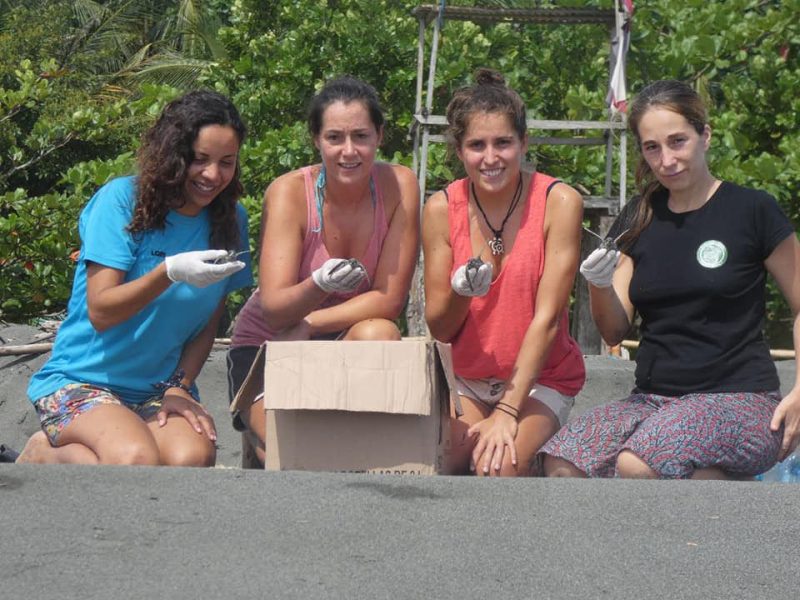





Culture and Conservation Group Tour in Costa Rica
Experience the true Pura Vida in Costa Rica through a unique blend of community volunteering, rainforest adventures, sea turtle conservation, and cultural immersion. Support local initiatives, ...
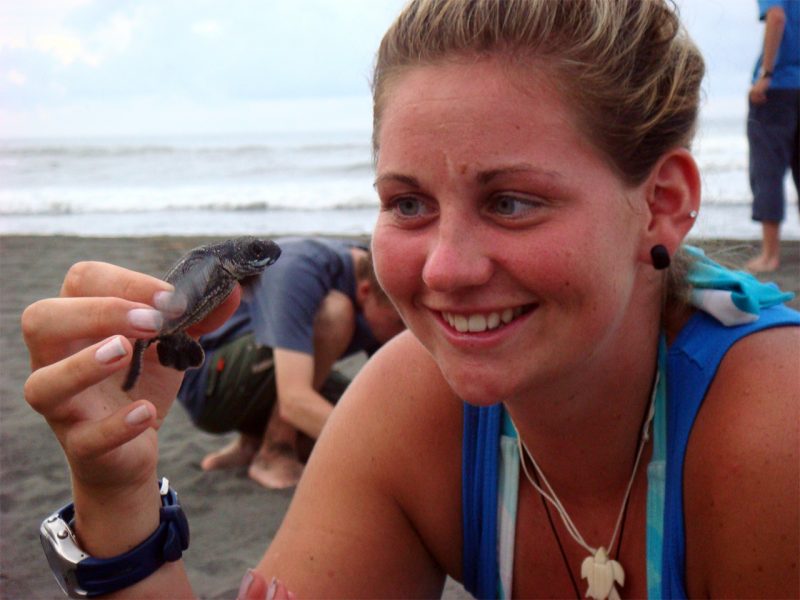
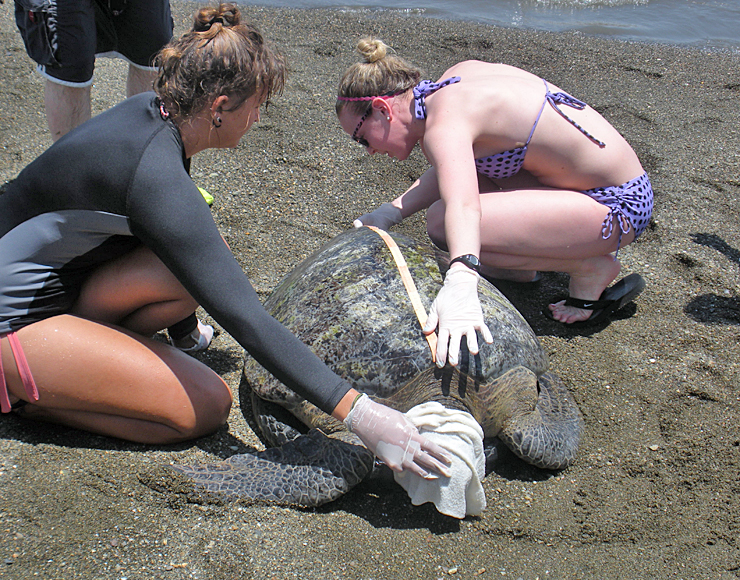


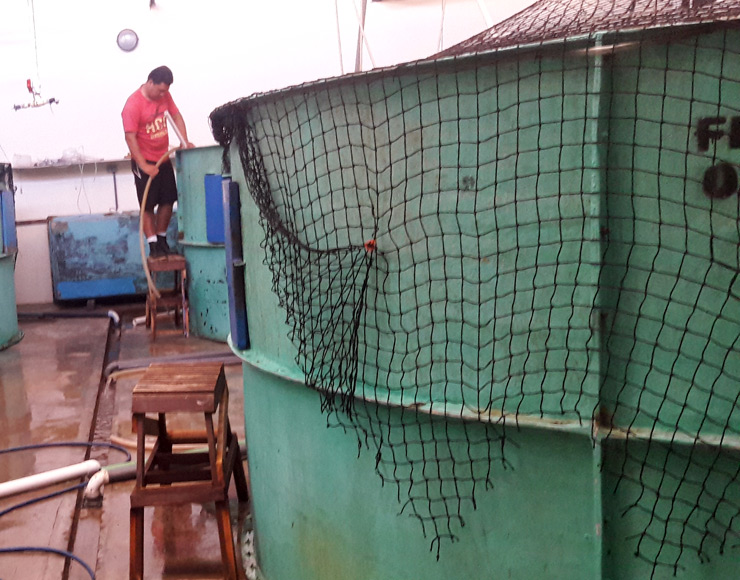
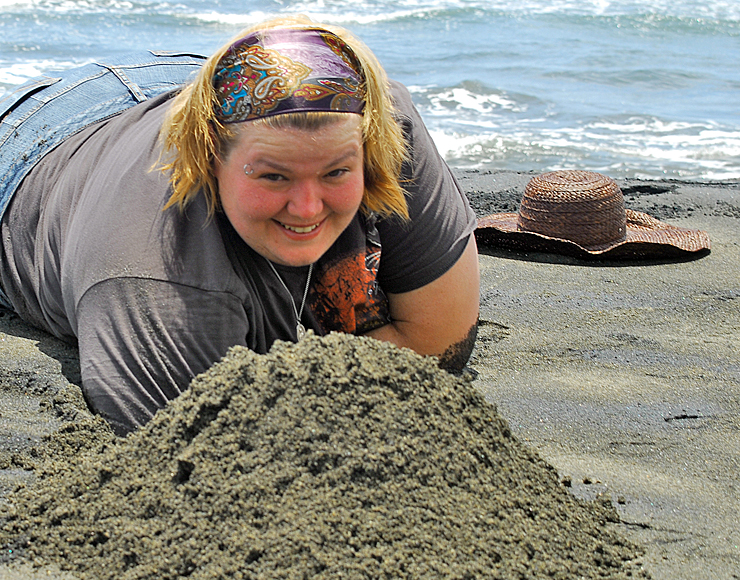
Marine Conservation and Animal Rescue Internship in Costa Rica, Esparza
Get involved in the rescue and rehabilitation of sea birds, mammals, and reptiles, before they are released to the wild – not many people can say ...
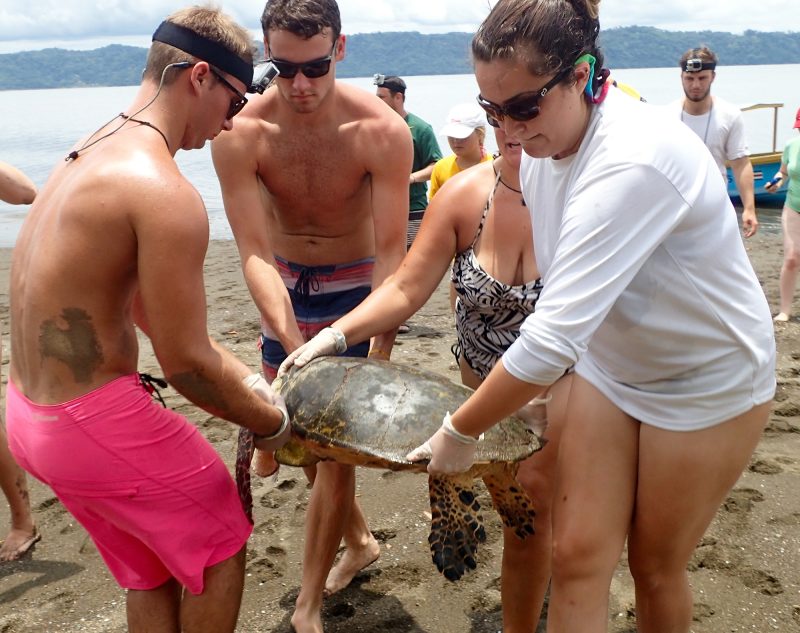
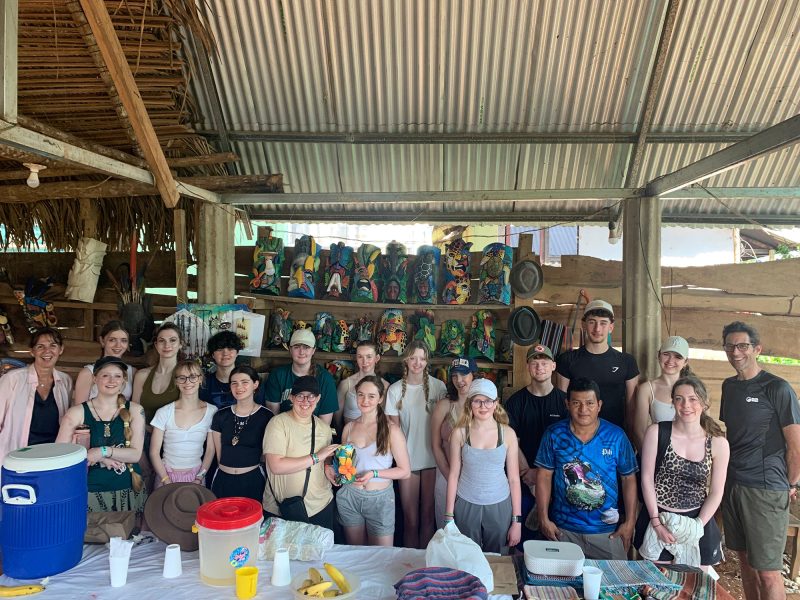
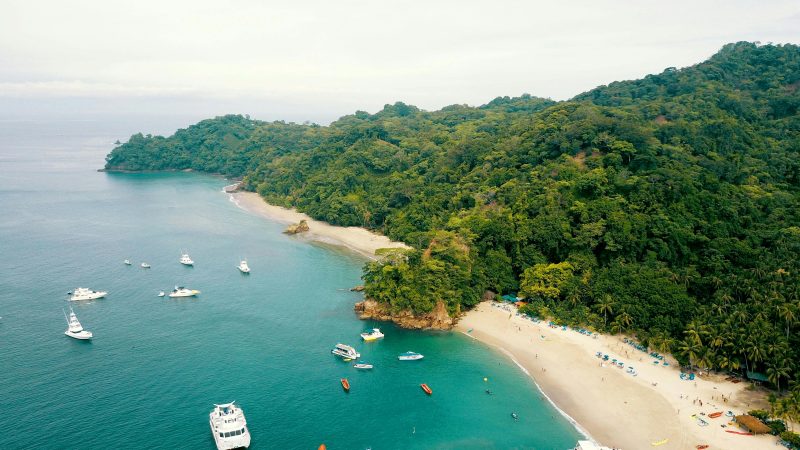

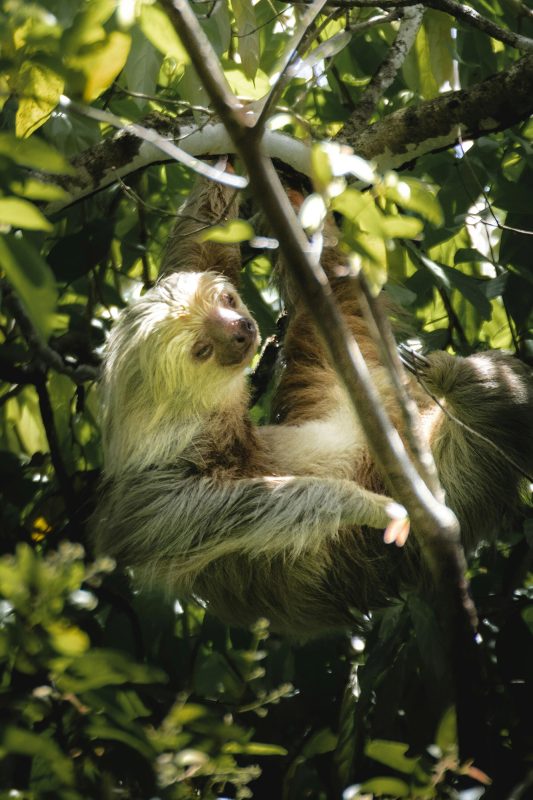

Turtle Conservation, Adventure & Culture Tour Experience in Costa Rica
Embark on a transformative 15-day journey that blends the thrill of tropical adventure with the purposeful work of wildlife preservation. From patrolling the moonlit beaches ...

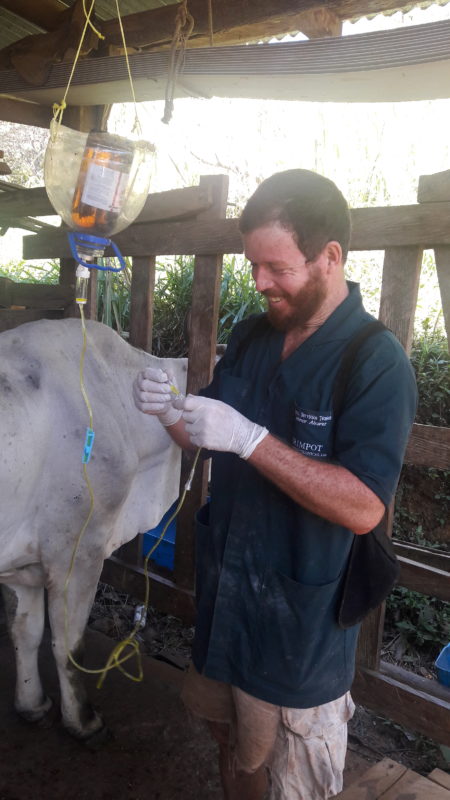
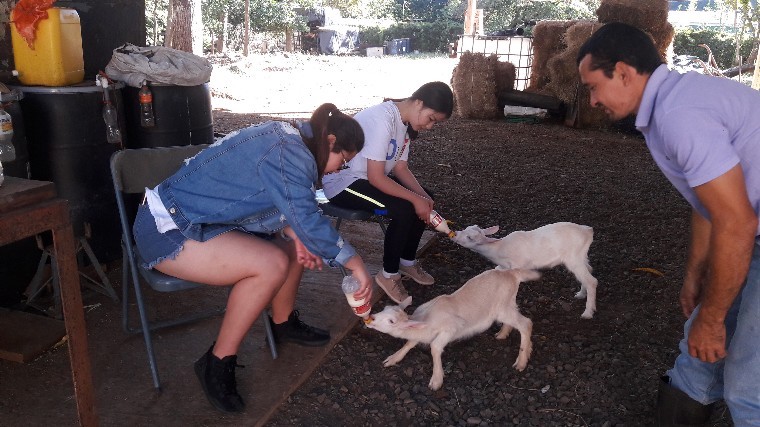
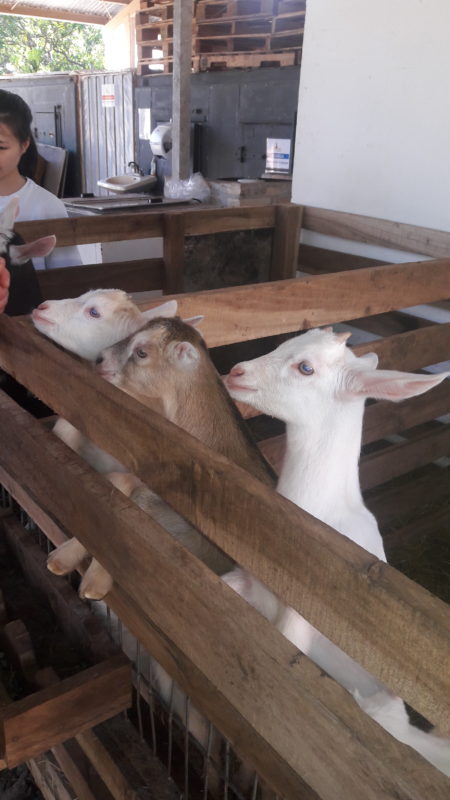
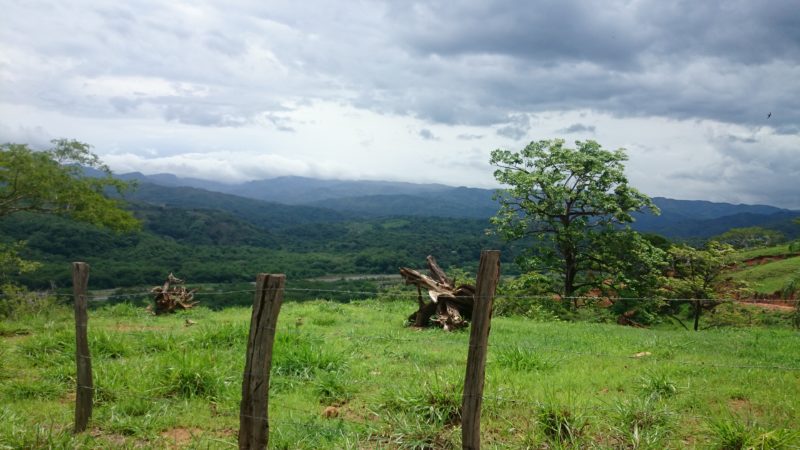
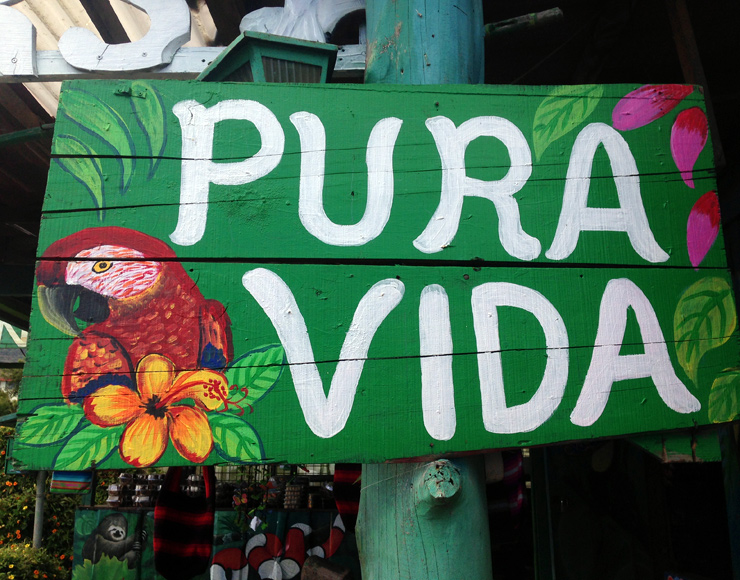
Community Farming Project in Costa Rica, Esparza
Help us support a rural family in a traditional and sustainable way of life that is sadly dying out. You can be involved in cattle-farming, ...
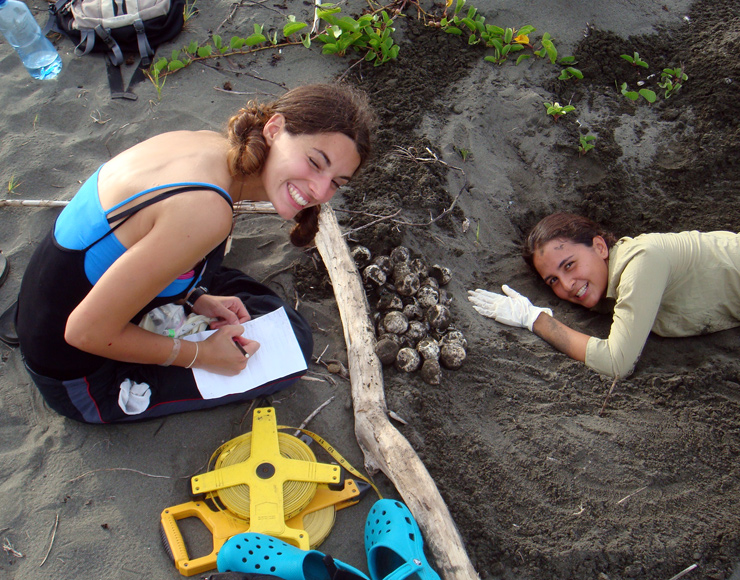



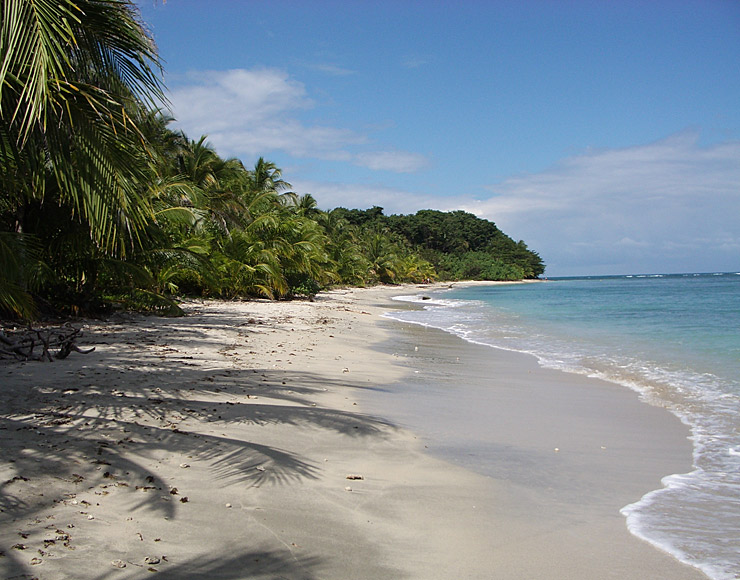

Turtle and Marine Conservation in Costa Rica, Limon
Support a resident biologist on a turtle conservation project and collaborate with the team in safeguarding and preserving up to four out of the seven distinct ...

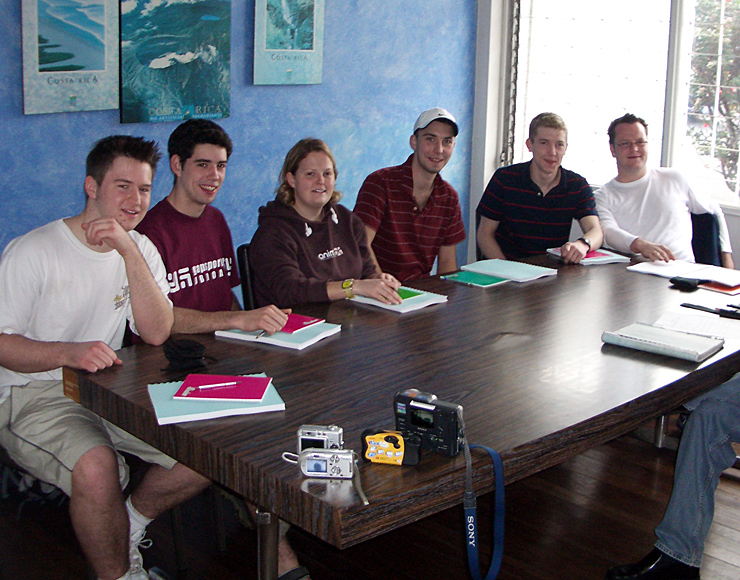


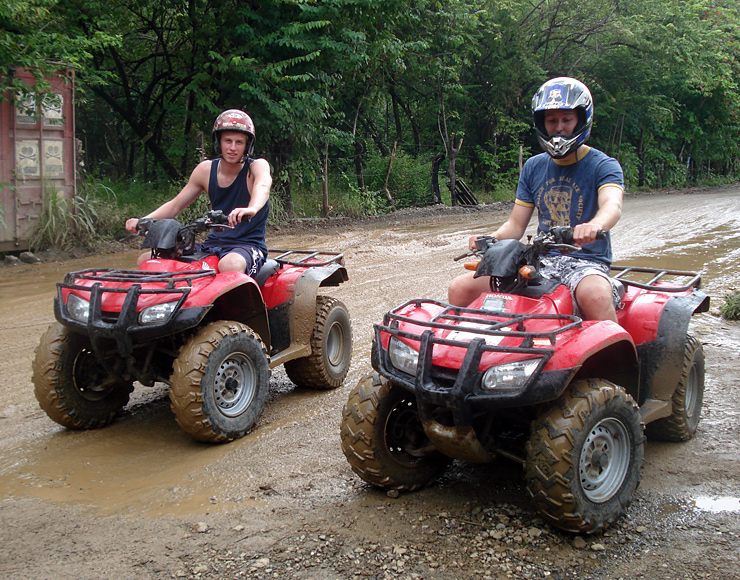
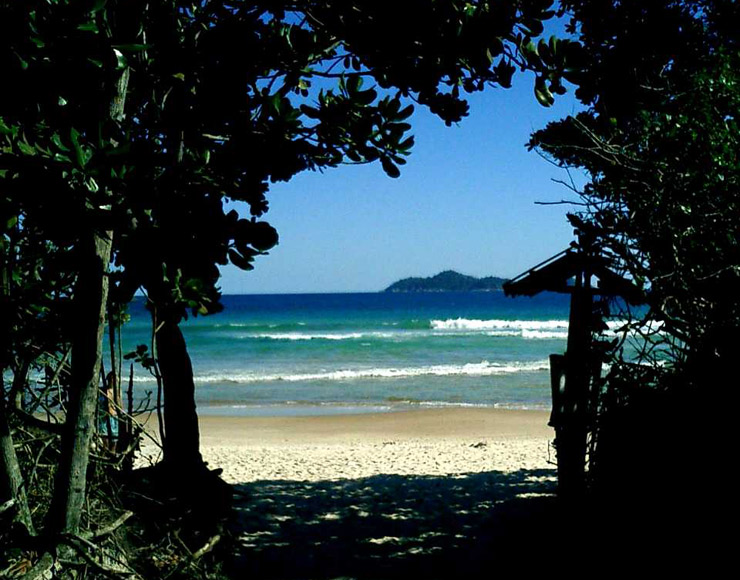
Intensive Spanish Course in Costa Rica, Esparza
Communicate effectively in Spanish within two weeks! Gain a solid grounding in Spanish with all of the necessary techniques to continue to progress to fluency! This ...

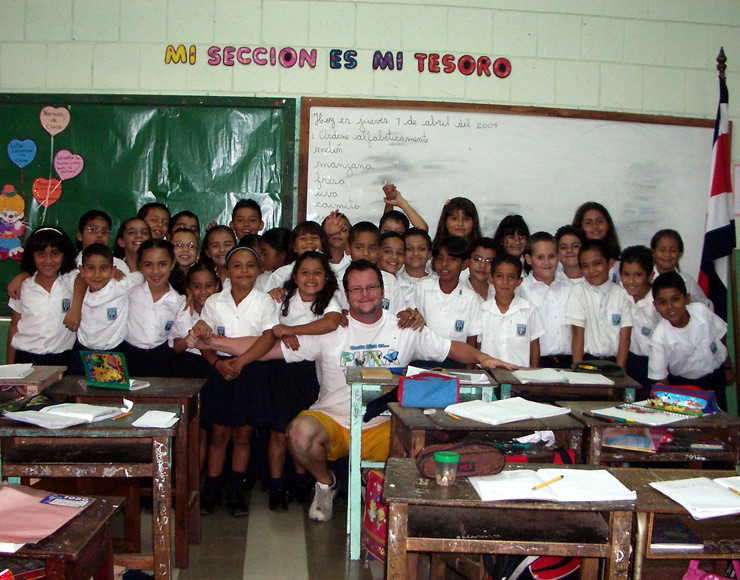


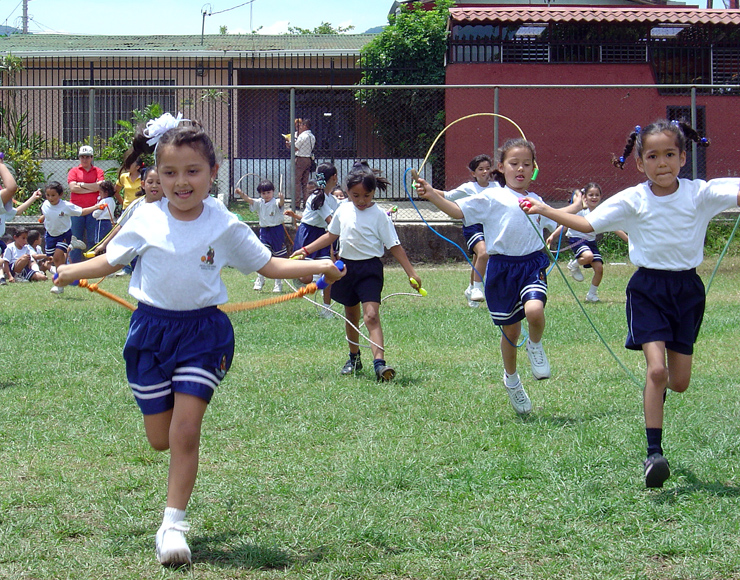
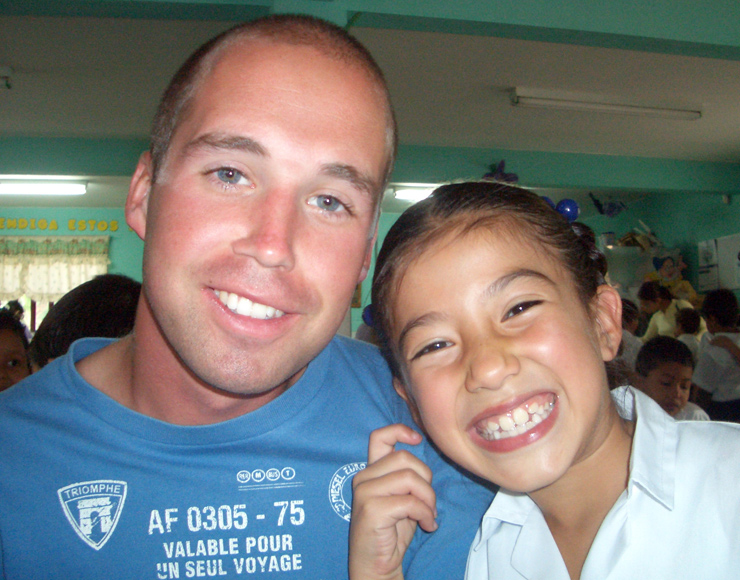
Teach English in Costa Rica, Esparza
Teach English to children in a fun and practical way! Create real-life situations, games and other activities while utilizing your mother tongue. There is a ...
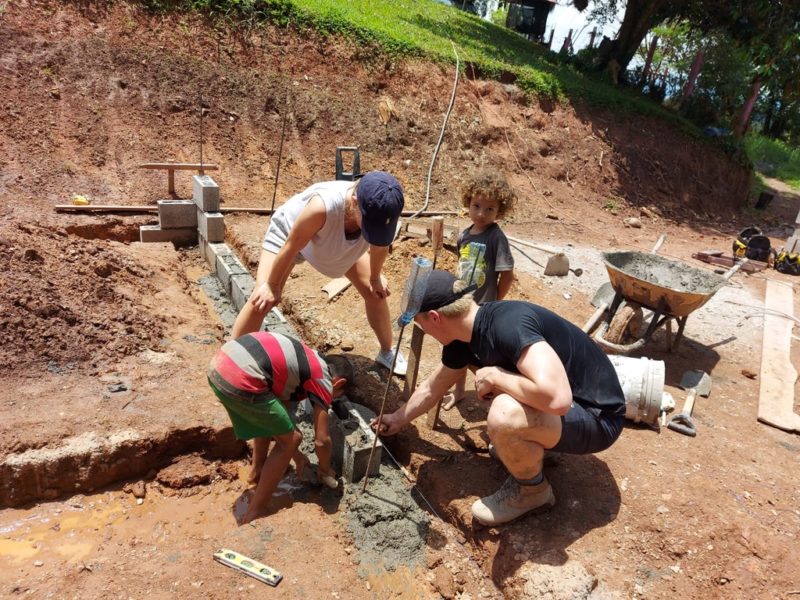

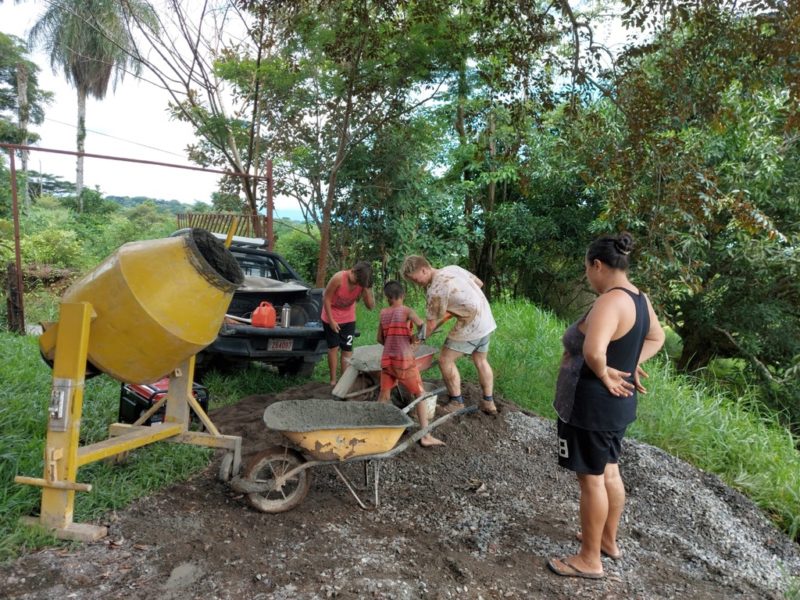
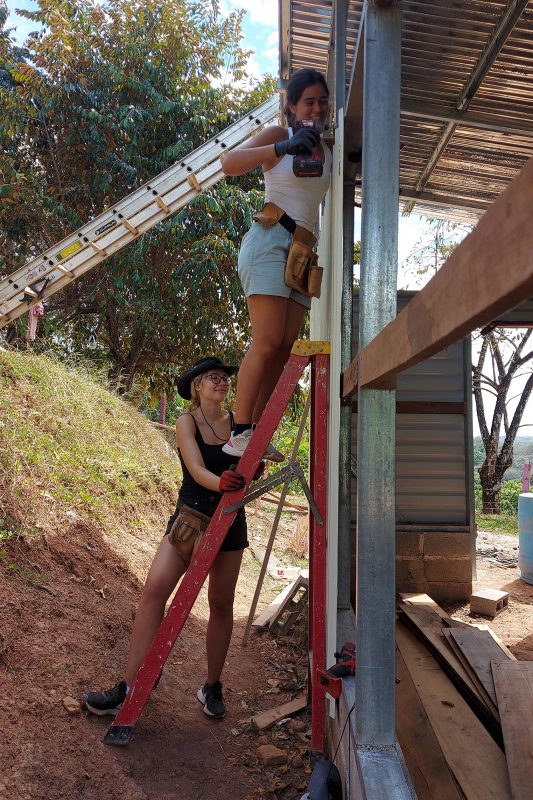

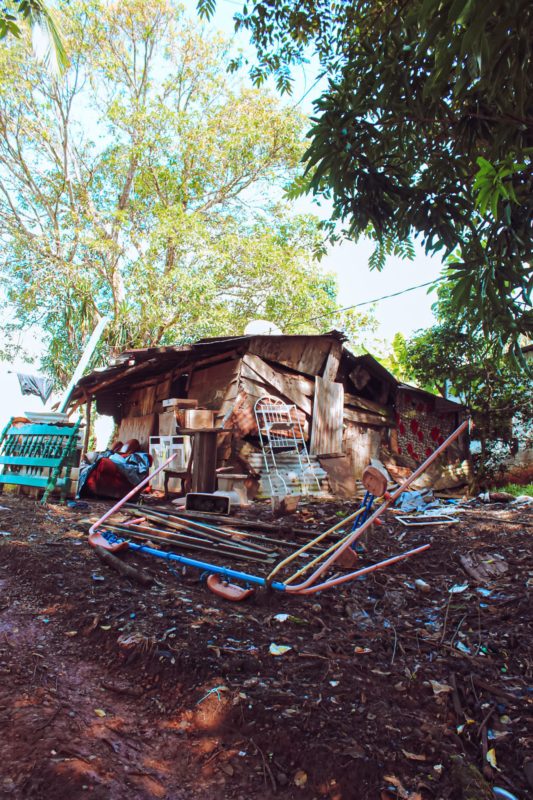
Building and Renovation Community Project in Costa Rica, Esparza
Join us in working alongside local Costa Ricans on one of a variety of small-scale construction projects. This placement is a great way to get ...






Care Work Volunteer Project in Costa Rica, Esparza
You will work with the daycare and preschool kids, between the ages of 6 months and 6 years. The centre is bilingual, but none of the ...
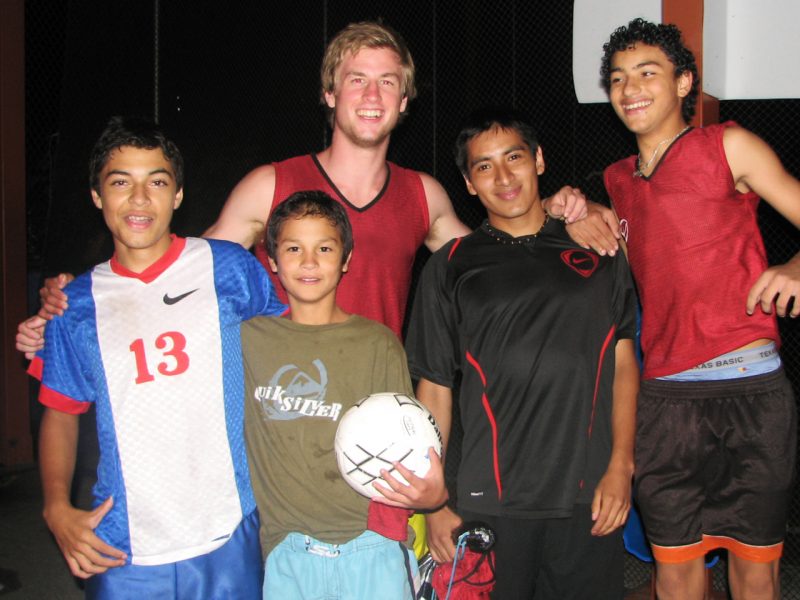
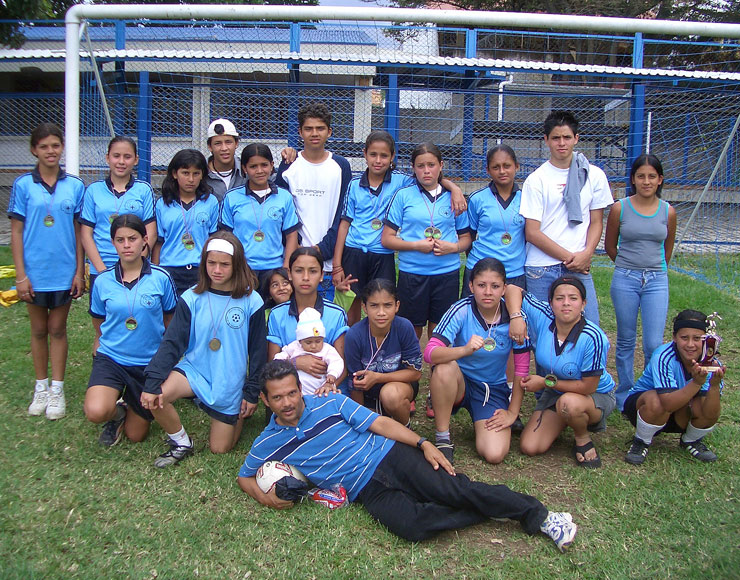
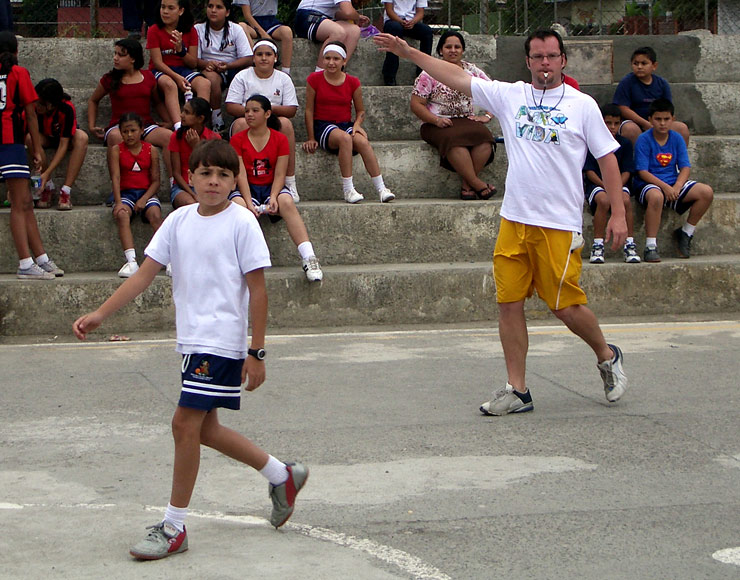
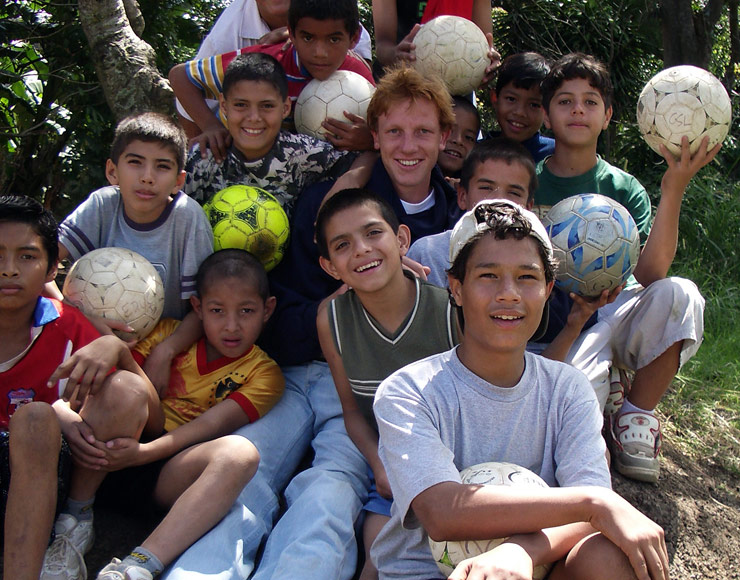
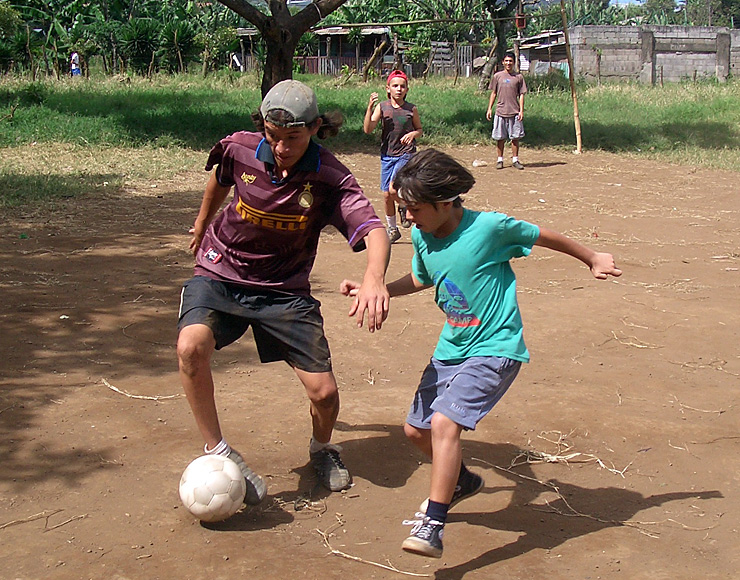
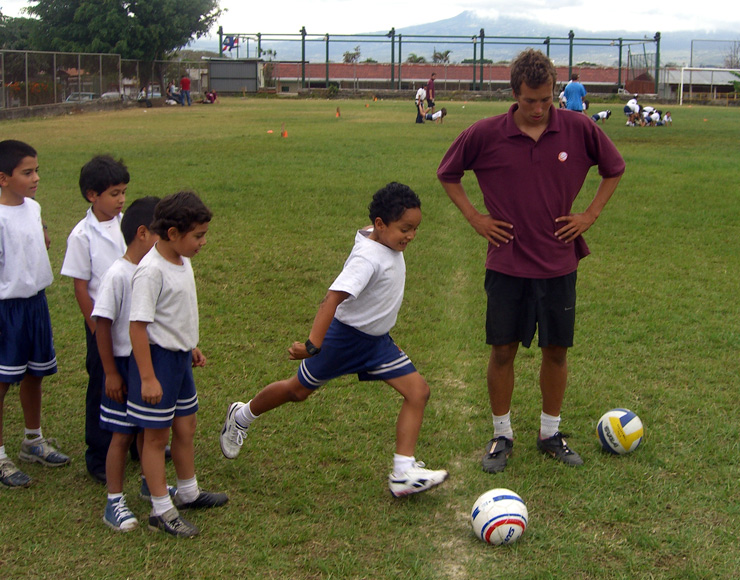
Football Coaching Project in Costa Rica, Esparza
Join us in coaching football in our affiliate football schools in rural Costa Rica. You’ll be involved in coaching all ages under 18, teaching ...

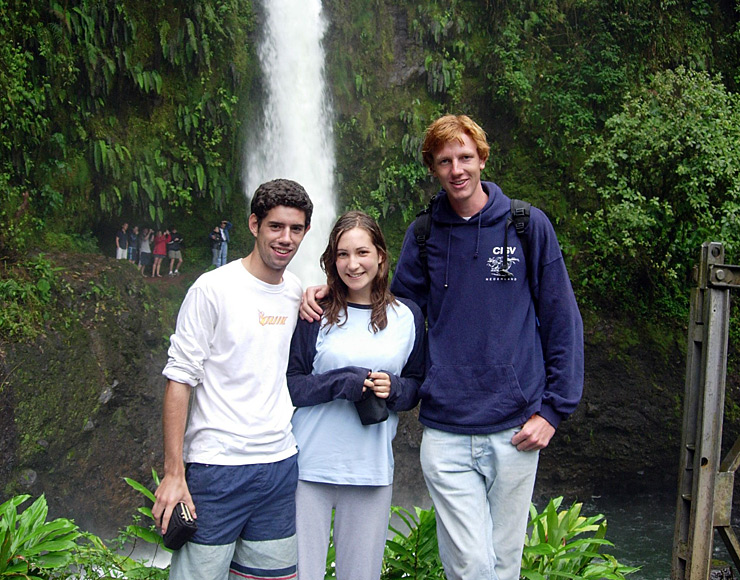


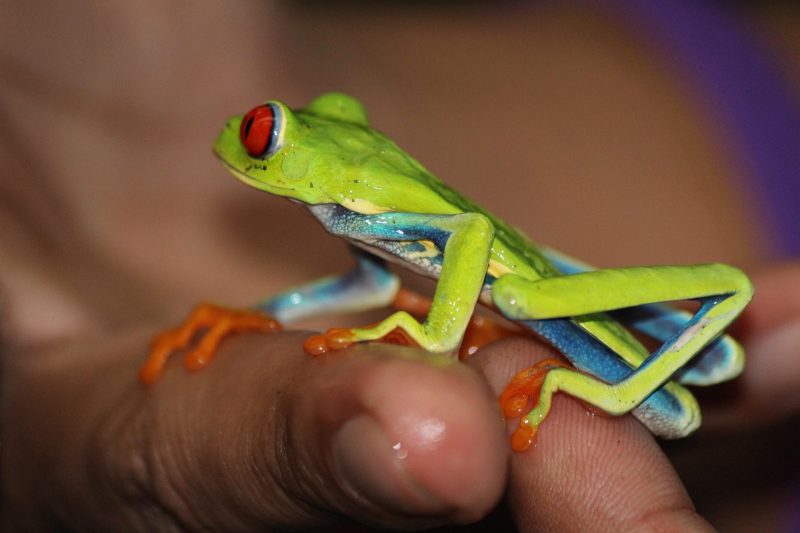

Community Experience & Internship Placement in Esparza, Costa Rica
Join us in working alongside local Costa Ricans on a variety of projects and get a unique insight into this authentic and traditional community. This placement ...